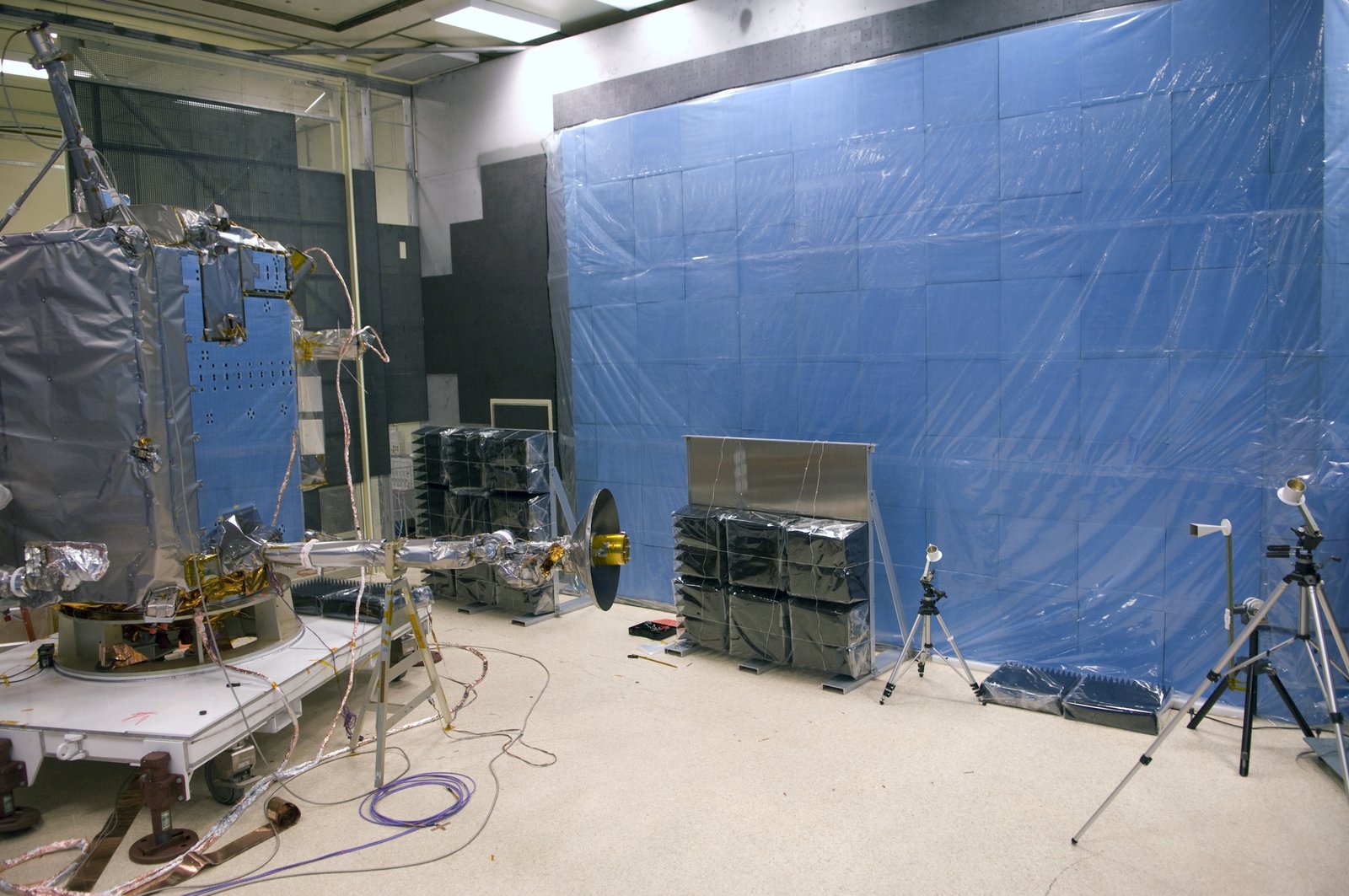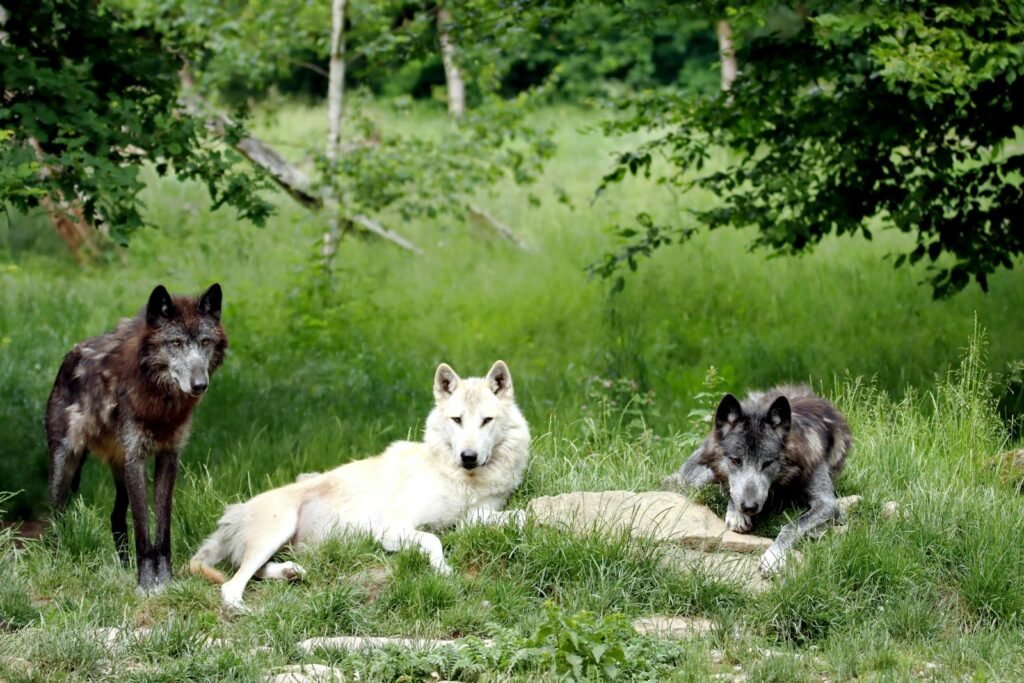Imagine a world where the sky, once a silent guide for millions of animals, suddenly becomes crowded with invisible signals and pulsing beams of light. Picture birds veering off course, sea turtles wandering aimlessly, and mysterious changes in the migrations that have shaped our planet for millennia. As we rocket into a future fueled by global satellite internet, few pause to consider: what if our quest for faster connections is quietly unraveling the natural compasses that animals rely on? The answer may surprise, alarm, and inspire you all at once.
The Ancient Art of Animal Navigation
For centuries, animals have amazed scientists with their uncanny ability to find their way across vast oceans and continents. From monarch butterflies fluttering thousands of miles to gray whales swimming from icy Arctic waters to balmy lagoons, nature’s travelers depend on a stunning array of navigation tools. Many species use the Earth’s magnetic field, the sun’s position, and even the stars above to chart their journeys. These innate guidance systems are often so precise that even the tiniest disruption can create chaos. Understanding how these creatures navigate is not just fascinating—it’s crucial for appreciating what may be at risk as our skies change.
The Rise of Satellite Internet
The dream of connecting every corner of the globe has driven a rapid expansion in satellite internet. Companies are launching swarms of satellites into low Earth orbit, blanketing the planet with high-speed data. This technological leap is reshaping communication, education, and business, especially in remote areas. However, with thousands of satellites beaming microwaves, radio frequencies, and even lasers across the atmosphere, it’s worth asking: what hidden effects might this have on the natural world below?
How Animals Sense and Use Magnetic Fields
Many animals have a biological “sixth sense” that lets them detect Earth’s magnetic field. Sea turtles, for example, are born with a magnetic map encoded in their brains, allowing them to return decades later to the exact stretch of beach where they hatched. Similarly, migratory birds possess magnetic sensors in their beaks or eyes, letting them fly incredible distances with stunning accuracy. Even honeybees and salmon rely on magnetic cues to find their way. This remarkable ability, called magnetoreception, is delicate and easily disrupted by electromagnetic interference.
Electromagnetic Interference: An Invisible Threat

Satellite internet relies on transmitting signals through electromagnetic waves. These waves, though invisible to us, add new layers of interference to the already complex electromagnetic environment. Studies have shown that strong electromagnetic fields can scramble the magnetic senses of birds and insects, causing confusion and navigation errors. When satellite signals overlap with the frequencies animals use for navigation, the results can be disorienting, or even catastrophic, for wildlife. The sky, once a reliable map, is becoming harder for animals to read.
Disrupted Migrations: Real-World Consequences
There are growing reports of migratory birds arriving late, or in the wrong places, and sea turtles failing to find their nesting beaches. While many factors can contribute—such as climate change or habitat loss—scientists now suspect that electromagnetic pollution, including satellite internet signals, may play a role. Imagine millions of tiny travelers suddenly unable to follow the paths their ancestors took for generations. The loss of even a few key species can ripple through entire ecosystems, creating unexpected and sometimes devastating changes.
Light Pollution from Satellites: Another Obstacle
It’s not just electromagnetic waves that cause problems. Satellite constellations often reflect sunlight, creating trails of artificial light that crisscross the night sky. Nocturnal animals like moths, bats, and migrating birds may mistake these lights for stars or the moon. This confusion can throw off their internal clocks and navigation systems. The once-pristine night sky is now peppered with moving points of light, adding another layer of difficulty for creatures that rely on celestial cues.
Case Study: The Plight of the Loggerhead Turtle

Loggerhead turtles are legendary for their long migrations across oceans, using the Earth’s magnetic field as their guide. Recent research has found that areas with strong electromagnetic interference—such as regions near powerful communication arrays or satellite ground stations—see more turtles straying off course or failing to return home. These navigation errors can lead to fewer hatchlings, threatening the survival of the species. It’s a sobering reminder that human progress sometimes comes at a hidden cost.
Birds in a Technological Storm
Migratory birds are especially vulnerable to changes in the electromagnetic landscape. Some species have been observed flying in circles or landing far from their intended destinations after passing through areas with high electromagnetic pollution. These detours can exhaust the birds, leaving them vulnerable to predators or starvation. For flocks that travel thousands of miles, even minor disruptions can spell disaster. The increasing density of satellite signals may turn once-clear migration routes into bewildering obstacle courses.
The Mystery of Stranded Whales
Mass strandings of whales and dolphins have puzzled scientists for decades. While the causes are complex, some researchers believe that electromagnetic interference from human technology—including satellites—could be a factor. These marine mammals use a combination of sound, magnetic cues, and celestial navigation to travel. When these signals are disrupted, whales may become confused and swim into shallow waters, where they risk beaching themselves. Each stranding is a stark reminder of how fragile the balance between technology and nature can be.
Can We Balance Connectivity and Conservation?

The need for fast, reliable internet is undeniable, especially in underserved regions. But as our digital footprint expands to the skies, we must ask tough questions about its impact on the natural world. New regulations, better satellite design, and international cooperation may help reduce electromagnetic pollution. Some scientists advocate for “quiet zones” where satellite signals are limited to protect sensitive wildlife. It’s a challenge that will require creativity, compassion, and a willingness to rethink how we share our planet with its other inhabitants.
The rapid growth of satellite internet brings both promise and peril. As we marvel at the power to connect across continents, we should also remember the silent travelers who have navigated these pathways long before us. Will we find a way to let both technology and nature thrive, or will the signals meant to unite us become a web that traps the wild?



